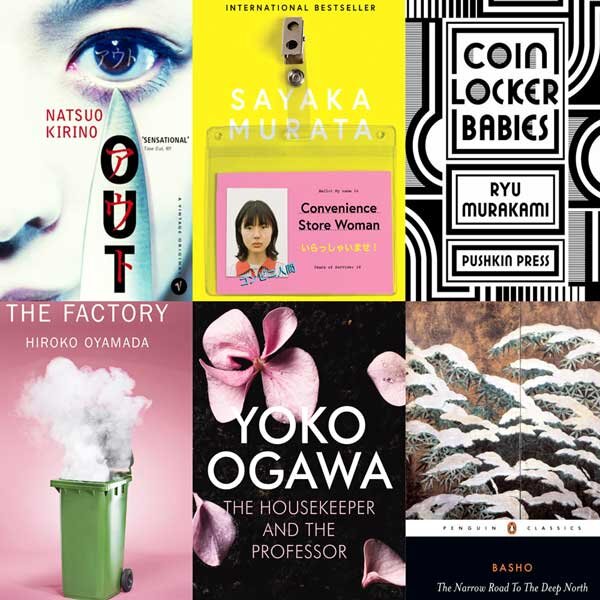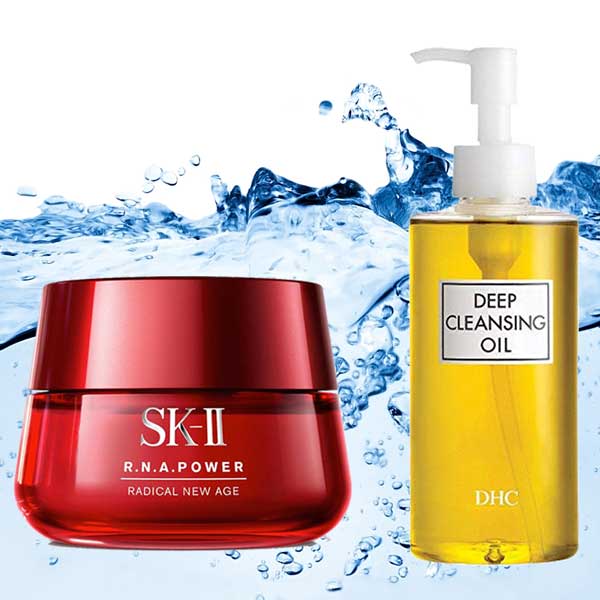Sumi-e: All You Need to Know About Japanese Ink Painting
by Shozo Sato | ART
© 2010 Shozo Sato
Japanese ink painting, or sumi-e, is the embodiment of Japanese aesthetics. Using just simple black ink and carefully curated white space, sumi-e captures the timeless beauty and complexity of the natural world.
Shozo Sato is a renowned master of zen arts, recipient of the Order of the Sacred Treasure, and the author of Sumi-e: The Art of Japanese Ink Painting. His practical and beautifully illustrated guide to sumi-e aims to “take the hand of the student and guide him or her”.
To help you get started on your own sumi-e journey, Sato Sensei shares some of his expertise here with helpful suggestions, tips, and techniques. For all the invaluable advise you need to master the fascinating world of sumi-e, check out The Art of Japanese Ink Painting, available on Amazon.
2. Where Did Sumi-e Come From?
1. What is Sumi-e?
© 2010 Shozo Sato
Sumi-e is commonly described as art done in monochrome, with the use of sumi ink and handmade paper: Sumi-e means black ink painting (sumi 墨 = black ink, e 絵 = painting).
2. Where Did Sumi-e Come From?
© 2010 Shozo Sato
Throughout the long history of China, the work of scholars included the transcribing of documents and the writing of literature. These gentlemen of letters were accustomed to using brush and ink on paper, and especially during the Southern Song dynasty, many began to add simplified artwork to their poetry. Their simple but sometimes bold use of the brush would often capture the spirit of the subject, and would convey a wide range of expression, from dynamic power to elegance and tranquility.
Zen Buddhist monks from China introduced this style of ink art to Japan in the fourteenth century where over time the brush strokes were reduced in number and simplified and were often combine with poetry to create the sumi-e style that we know today. The focus of the art of ink painting since its inception has been on the quality of the line; this is what captures the form.
3. What Will You Need to Start Painting Sumi-e?
© 2010 Shozo Sato
The student of sumi-e must recognize the various types of brushes and how they are constructed. If you purchase those mass-produced inexpensive brushes, you will become disenchanted because the brush will not perform as expected. A disillusioned person with eventually give up on training. For this reason, even a beginner should start with a quality (and more expensive) sumi-e brush as an investment.
- How to Care for Your Sumi-e Brush?
Every time you have used a brush, carefully wash out all the ink. Never use hot or warm water. Sumi-e brushes are usually made with animal glue, which is very much like gelatin and will eventually dissolve in water. If a brush for sumi-e is left in water over a period of time the bristles will fall out.
Special care must be given to washing the base of the bristles, otherwise the ink dries around the hairs at the base and the brush will not form a point again. To clean off the ink, press, squeeze, and gently twist several times, then extract the moisture with a paper towel.
- What Paper Should You Use for Sumi-e?
Japanese papers are mainly produced from kozo (a type of mulberry), and gampi. Gampi is said to be insect resistant. It is also the most durable in terms of the time it will last, so it is one for the most popular types. Ink will not spread out on these smooth white papers, so they are considered the best papers for calligraphy and painting.
The thinness of paper is important to consider together with the manner in which you plan to display your sumi-e work. If the work is to be displayed in the traditional manner, that is, as a hanging scroll, it will be rolled rather tightly for storage, and therefore should be done on thin paper.
You can learn more about Japanese paper at What is Washi Paper? All You Need to Know.
- How to Choose Sumi-e Ink?
An aphorism states “sumi is black and yet it is not black,” which means that black ink in a painting suggests many things including the whole spectrum of colors. A serious sumi-e artist should explore and experiment with these hues and use the sumi ink that provides the best results for his or her creative expression.
The carbon for sumi ink comes from three sources. Rapeseed oil, when burned, produces soot that is so fine that it has in-depth blackness. Pine sap, when burned, produces soot which has a quality of transparency, and the tone of ink when thinned ranges from light black to bluish gray. Industrial oils are used to produce inexpensive sumi that has a brown tone.
4. How to Hold a Sumi-e Brush?
A brush is handled different ways for different purposes. The artists and literati in China developed a system over the centuries for how to effectively handle a brush, and the same system is used today. In calligraphy, the brush must be exactingly held perpendicular to the paper.
5. How to Paint Sumi-e Bamboo?
© 2010 Shozo Sato
Many Western students of Japanese sumi-e painting have never seen a living bamboo plant, much less bamboo growing in groves! But using only three strokes, it is a relatively easy subject for beginners to sumi-e.
To create a wide bamboo stalk, flatten the bristle tips of a standard sumi-e brush, applying dark ink at the sides to create a highlight and shadow effect. In the white spaces between the individual strokes you will add small wide-to-wide lines to complete the joints.
© 2010 Shozo Sato
For the leaves, practice using the wrist and fingertips to make the bottom of the leaf point in a precise form. When you have the hang of this try painting bamboo leaves in groups. Begin with the center leaf, then add the left and right leaves
When painting a sub-branch a common mistake is to connect every leaf with the branch. Instead, paint leaves with a space between them and the branch so that you are not limited if you wish to expand your composition.
After painting the fore-leaves in darker ink, paint the background leaves in lighter ink.
Remember that your creation is not meant to be a detailed botanical study of bamboo. This is sumi-e, which uses the art of suggestion.
6. How to Paint Sumi-e Landscapes?
© 2010 Shozo Sato
These soft mountain peaks are created with the bokkotsu technique, with no use of outlines. To do this, dip your brush in water and add lighter ink to the middle, with darker ink on the tip. Hold the brush at 45 degrees to the paper and slowly move from the mountain peak to the lower right. Wash the brush then apply lighter ink to finish the left side of the peak.
© 2010 Shozo Sato
Painters working in oils, acrylics, and watercolors use color combinations and contracts to communicate. Sumi-e artists must instead depend upon textures and tone to create their expressions in monochrome. So artists in this medium should be constantly aware of how their contrasting brush stroke, from gentle to rugged, can convey powerful expression.
7. How to Paint Flowers?
© 2010 Shozo Sato
“Sumi is black and yet it is not black,” an important consideration when painting flowers. Standard ink gives a brown tone when diluted – not so suitable for an iris. One of the advantages in using high quality inks is that they are sold labeled with their special tones. This means that when a very dark ink is used, the ink will convey a sense of, in this case, purple.
This painting uses the tarashi komi technique, which involves dropping ink or water on wet portions of a painting. To do this, you must know exactly where to move your brush. Therefore doing a sketch of the painting beforehand, in very light charcoal, is necessary. Next the outline of the form is painted with water or light ink to create and hold that form’s edge. Then the inner surface is painted in light ink. Finally, darker ink is dropped on your form’s wet surface and guided to flow to the desired areas.
© 2010 Shozo Sato
Consider your composition first. For this aged flowering plum, a dynamic calligraphy-like stroke is used to great the aged but living branch. When the background tree limb was formed, a space was left for the blossom cluster on the larger foreground branch.
To really develop your skills in Japanese ink painting, you can enjoy all of Sato Sensei’s advise and accompanying videos – from basic equipment all the way to the most advanced painting techniques – in his easy-to-follow comprehensive guide, Sumi-e: The Art of Japanese Ink Painting.
About Tuttle Publishing: The leading publisher for books on the cultures, arts, cuisines, languages and literatures of Asia. Find out more at tuttlepublishing.com.
JO SELECTS offers helpful suggestions, and genuine recommendations for high-quality, authentic Japanese art & design. We know how difficult it is to search for Japanese artists, artisans and designers on the vast internet, so we came up with this lifestyle guide to highlight the most inspiring Japanese artworks and designs for your everyday needs.
All product suggestions are independently selected and individually reviewed. We try our best to update information, but all prices and availability are subject to change. Japan Objects is a member of the Amazon affiliates program and if you buy something through our links, Japan Objects may earn an affiliate commission at no cost to you.













ART | October 6, 2023